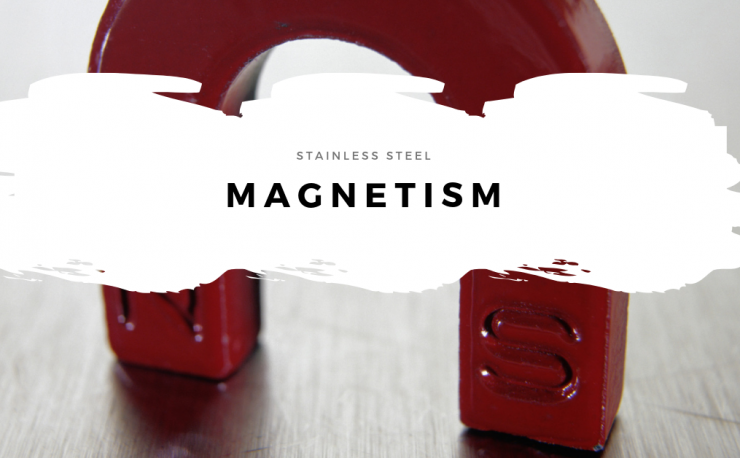
Is the Stainless Steel AISI 316L Amagnetic?
One of the most common doubts that blog readers share with us is that of the magnetism of steels. The last question, for example, refers to the case of an stainless steel AISI 316L amagnetic …

One of the most common doubts that blog readers share with us is that of the magnetism of steels. The last question, for example, refers to the case of an stainless steel AISI 316L amagnetic …
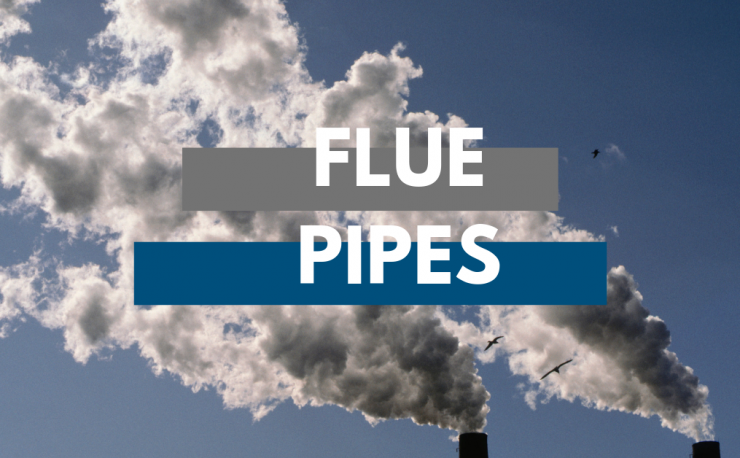
In addition to housing, flue pipes are also used in industrial suction systems. The material with which they are made, therefore, becomes fundamental to the smooth operation of the plants themselves. Flue pipes. Why choose …
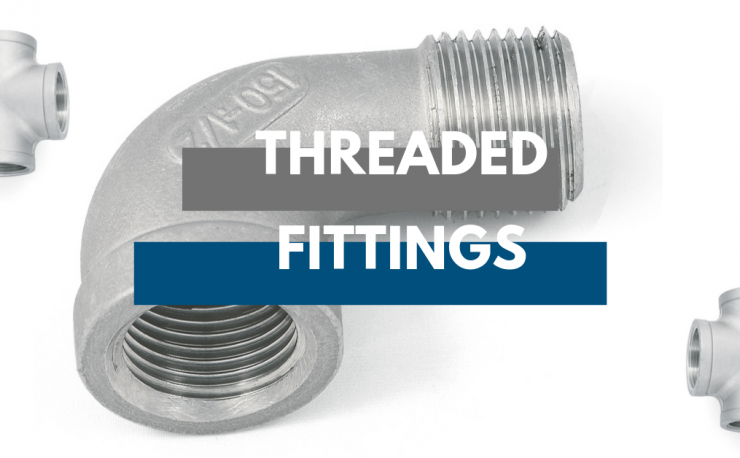
Strength, reliability over time, hygiene and corrosion resistance are the basic characteristics for a plant in many installation area. Stainless steel threaded fittings are the ideal solution in these cases. What are fittings and where …
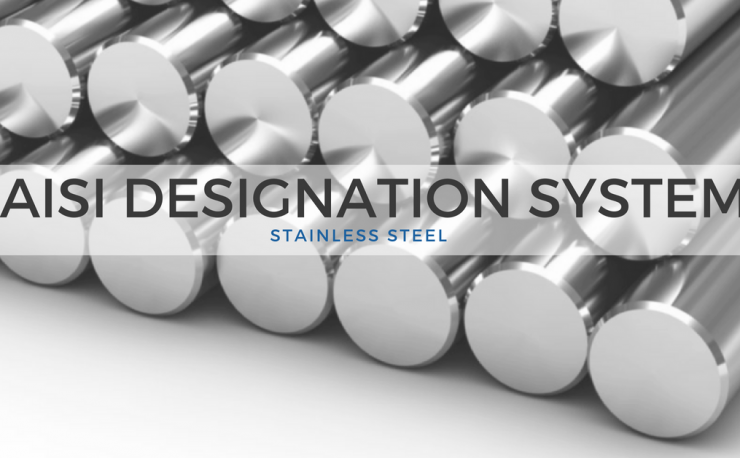
AISI standards is one of the most popular methods of designation in the field of stainless steel (American Iron and Steel Institute). The latter is is an association of North American steel producers. In our …
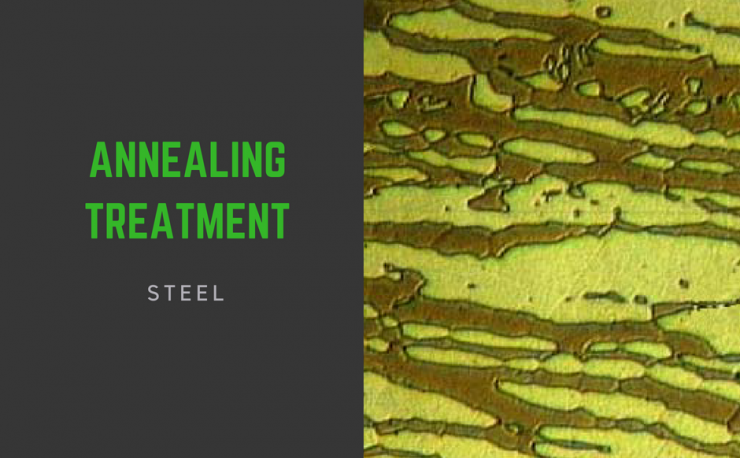
The heat-treated steels are subject to more or less complex cycles of heating, maintaining and cooling to defined temperatures. After speaking in previous posts by steels hardening, today we want to talk about another heat …
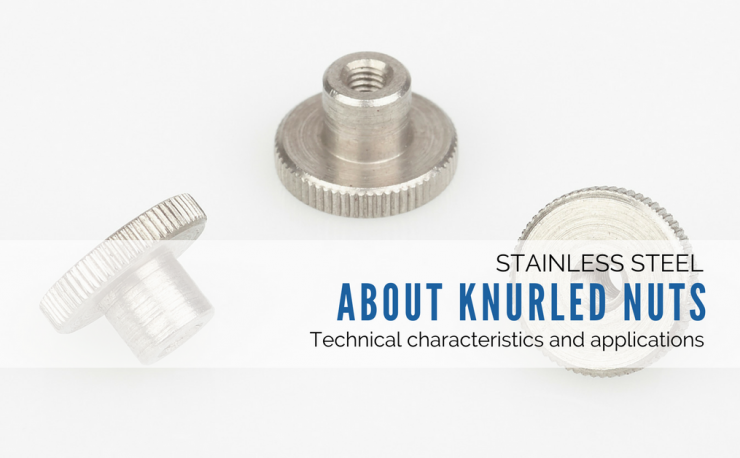
Today we speak of stainless steel knurled nuts, also with collar. Let’s review together all the technical characteristics and applications of this product. Some technical information about knurled nuts with collar. Since March we have …
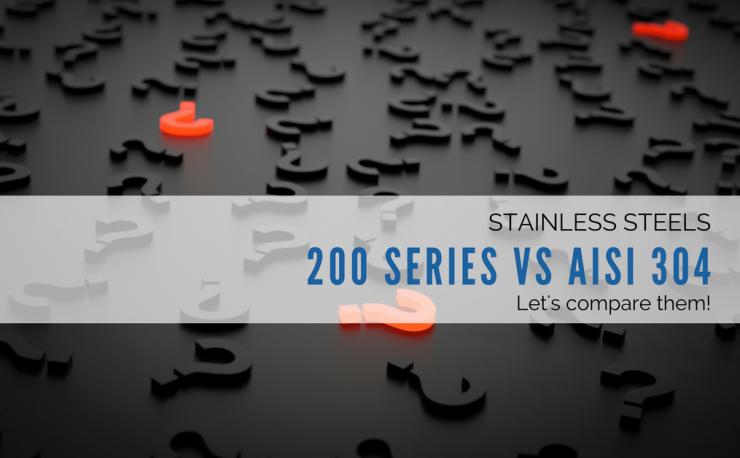
Nickel price variability often leads to look for alternatives in the family of austenitic as the AISI 304. Today we will examine the 200 Series with chromium and manganese.
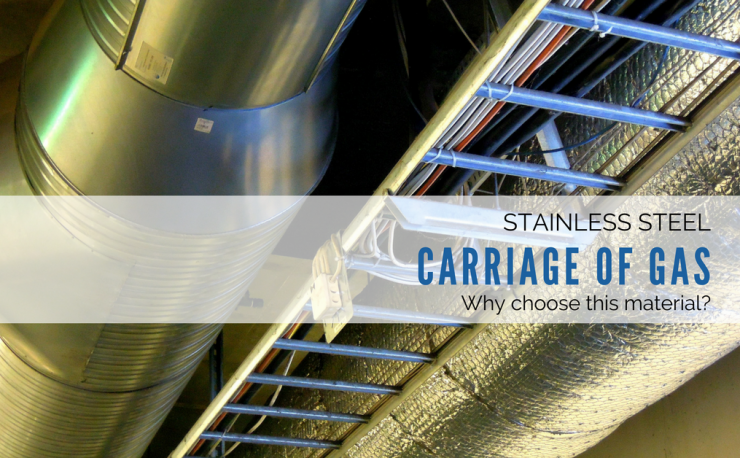
Connections for fluids (e.g. for gases) must have certain characteristics depending on the use to which they must do. In this post we will get a more precise picture of the use of stainless steel …
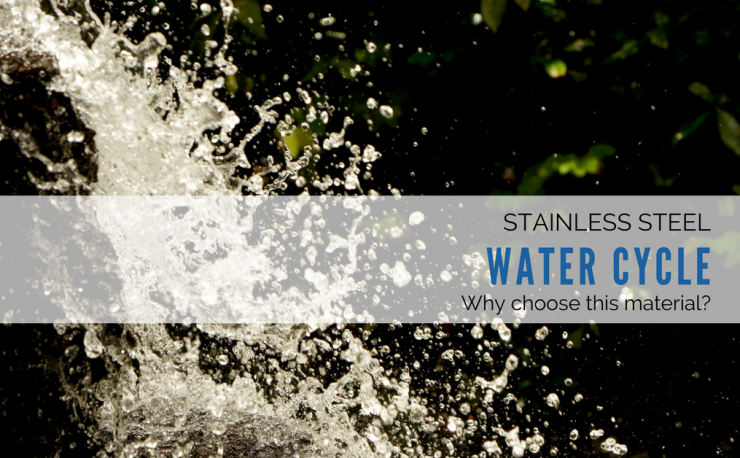
In this post we will discover why stainless steels are used during the water cycle. In particular what are those who find increased use.
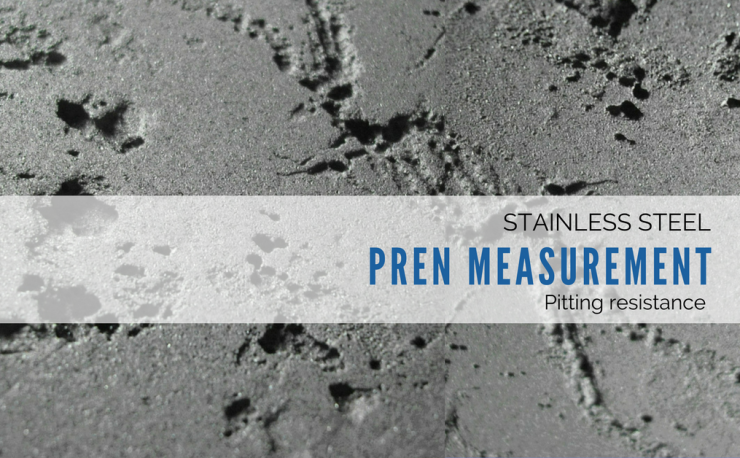
Pitting resistance equivalent number (PREN) is a predictive measurement of the pitting corrosion resistance of various types of stainless steel.